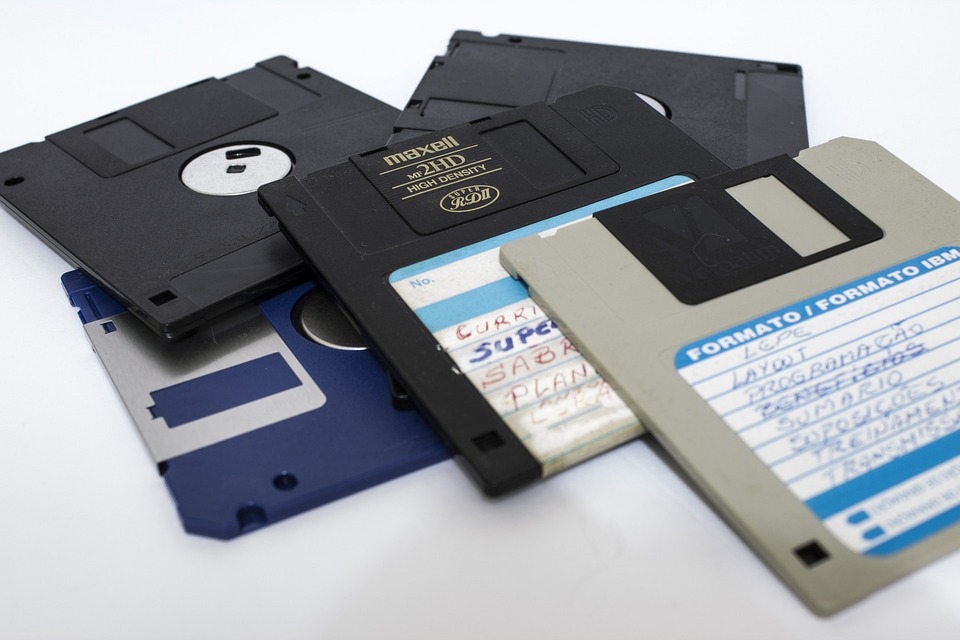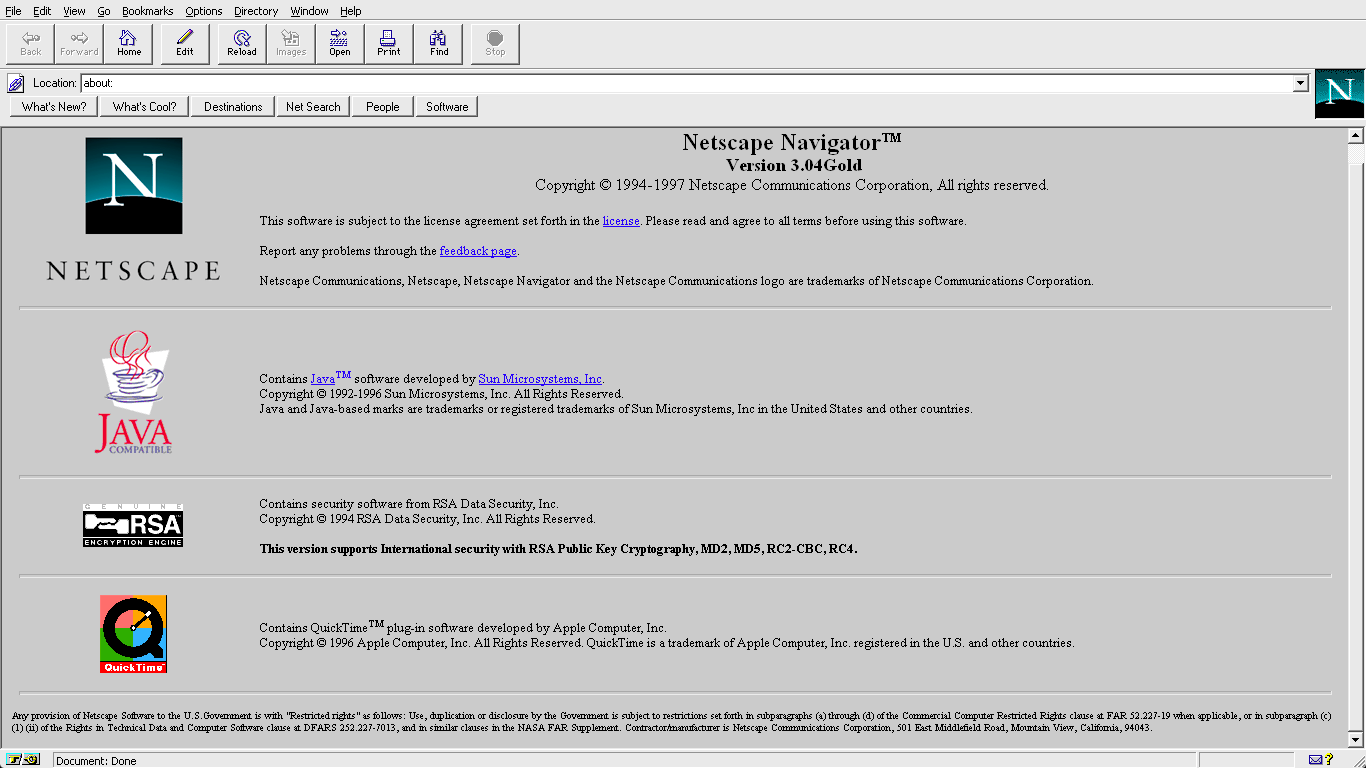|
Abstract
This is a work expressing a collapsed world through sound and visuals in code, and is a digitally-native animated piece. At its root, are my doubts about the permanence of digital data and nostalgia for bygone days.
Please note that this work is a digitally-native animated piece and is not suitable for static images. I would like you to view this work with the room darkened and the display set to full screen or projected on a projector. Then click on the piece to play the wave sound and take the time to experience the interaction of the visuals and sounds. Since it would be impractical to store huge sound data on the blockchain, the sound was formed from white noise.
Memories of Digital Data on Art Blocks Released on May 12th, 2023
The primary sales are sold out! Now available through OpenSea's secondary sales.
Memories of Digital Data on OpenSea
Memories of Digital Data on sansa
Trailer

Background
When I started using a computer, I believed that digital data could be stored forever. I saved my favorite picture files and small free software files to floppy disks with a capacity of roughly 1 megabyte and stored them carefully. Those floppy disks were my treasure. Later, when the disks deteriorated and became unreadable or were lost, the data became memories with a deep feeling of loss. Even when high-capacity hard disks became widely available, the data became memories with a great feeling of despair when hard disks crashed or were accidentally formatted.

When the Internet became popular, I browsed various websites using Netscape. Now cheesy, but lovable contents created by individuals. I believed that if I added the website to my favorites, I would have access to its content forever. But one day, the site suddenly closed and the content became a memory.

Fortunately, there are some data that continued to be saved. Feeling nostalgic, I wanted to take a look at it for a long time. However, I could not open it due to differences in the OS or software itself, or the version or format at the time. Even if the data itself is saved, it has become a memory due to the loss of the execution environment.
Fragmented memory about the data. Vague shapes. What I believed to be an eternity suddenly turns out to be a fleeting dream. Looking back later, the sadness of loss fades and the memories of happy times remain. It's all in my mind.
Do digital data exist in digital space? In reality, it is merely recorded on some media that physically exists in physical space. The data that exists in the cloud is stored in a server, in a building somewhere in some country, even though it appears to exist in digital space. Any materials that exist in physical space will always deteriorate. What appears to exist forever is maintained, including backups, at great cost and effort.

Blockchains have arisen. Are these truly persistent? The persistence of a blockchain is maintained by multiple factors. When there is no longer a reason for these factors to work, the chain will collapse.
Or, more simply, the day may come when humanity runs out of resources and electricity is no longer available. A major climate change or war could eliminate everything. The period of time in which an advanced civilization can be sustained is surprisingly short. There is no such thing as permanence.
After all, digital data are also a type of memories. They are stored in a person's mind, deteriorate, and one day will be lost with that person.
I find the fragility and beauty in them.
Description
In this work, I attempted to represent a fictional collapsed blockchain world with visuals and sound.
The chain has already been abandoned, and the few nodes that remain barely alive are just maitaining their appearances. Visualizing the remnants of blocks that no longer serve their original purpose, they form something like a submerged city. Then, a large amount of data that has lost its connection to the blocks and has deteriorated to the point that it can no longer be opened, flutters through the sky. The countless remnants of data form a cloud, which undulates like a wave. The details of the data cannot be confirmed, however, they can be seen as glittering lights. As I try to recall the contents of the data that can no longer be opened, I am filled with vague memories and a sense of nostalgia.
This work started with generating sound by code. The sound of rippling waves can be heard by clicking on the screen. Since it would be impractical to store huge sound data on the blockchain, the sound was formed from white noise. In order to reproduce the sound of rippling waves, it was necessary to deepen my understanding of the structure of the sound by referring to academic papers. Then the sound was completed, and the visual imagination expanded from there.
![]()
I like to visit the sea near my home and in other places. Different seascapes can be seen from different locations and angles. When I am there, idly gazing at the seascape and listening to the sound of the waves, I sometimes feel as if I am the only human there and the world has gone to ruin. If the world were ruined, this seascape and the sound of the waves would remain for a long time. This feeling and the fragility felt in digital data are the basis of this work. I imagine that the heaven or the graveyard where the lost data flies up in the sky and arrives may be a seascape like this.
The reason why I used data as lights and clouds drifting in the sky and moved them like waves is because I wanted to depict unrealistic behavior with a realistic subject matter and to express a beautiful and bizarre world in which these intertwine.
![]()
For the visual expression technique, I further pursued and evolved the drawing system that I have developed in "GHOST IN THE CODE" and my other works. Everything is composed of rectangles to evoke the digital and the pixel. Depth is linked to the size of the rectangles, and distant objects are represented by small rectangles as if they were in focus. Dispersion in the position and color of the rectangles indicate the degree of deterioration of the world. Moreover, the sky, blocks, and the surface of the water are identified and each has its own characteristics.
Algorithms generate various compositions, colors, and other features. I have attempted to make each output feel nostalgic and fresh at the same time. The blocks, which have lost their original meaning, are contrasted with the data, which exists in isolation from them, in stillness and movement. Occasional red clouds or blocks mean that they are corrected as red, the first color, due to missing information.
Through these integrations, I have attempted to create a work that can be stored on a blockchain, and that is both visually and sonically interactive.
Memories of Digital Data on Art Blocks
![]()
|
![]()
|
![]()
|
![]()
|
![]()
|
![]()
|
![]()
|
![]()
|
![]()
|
![]()
|
![]()
|
![]()
|
![]()
|
![]()
|
![]()
|
|